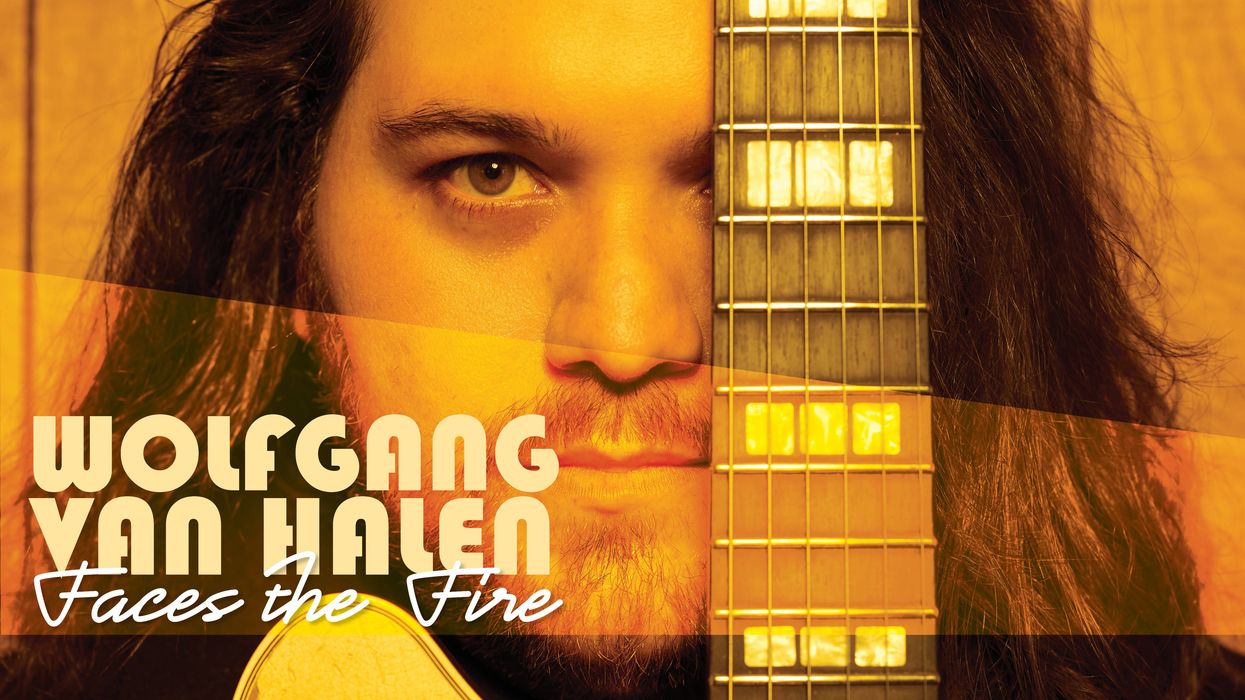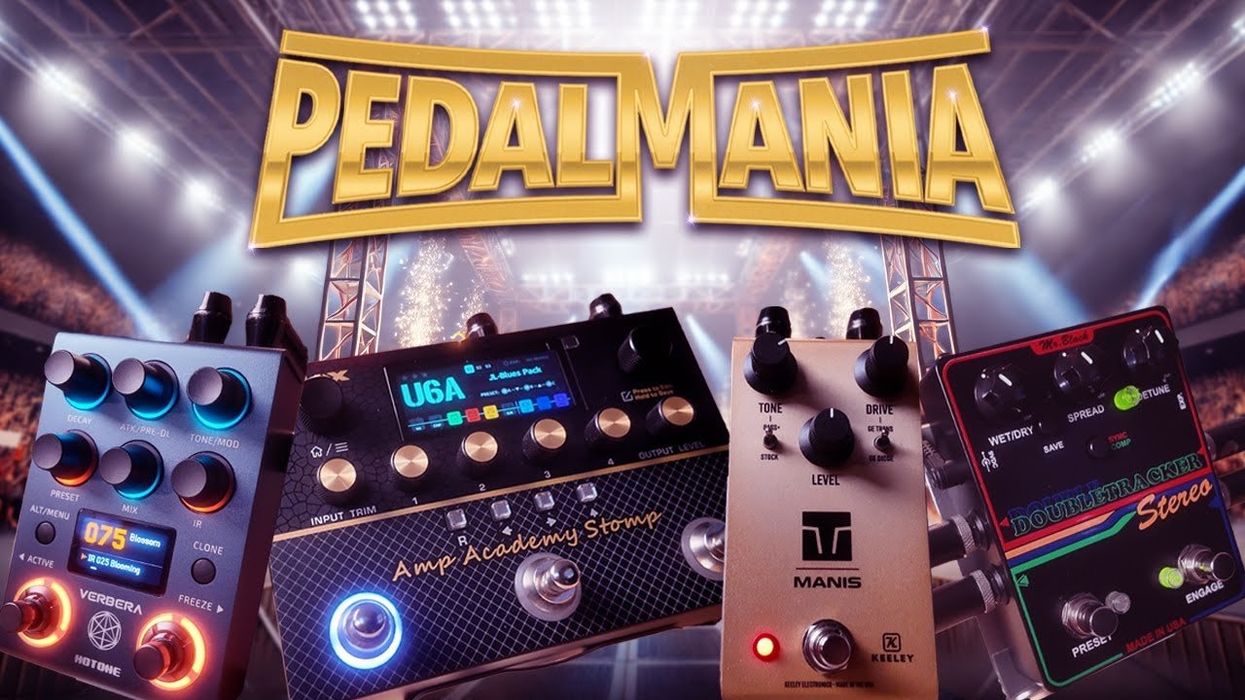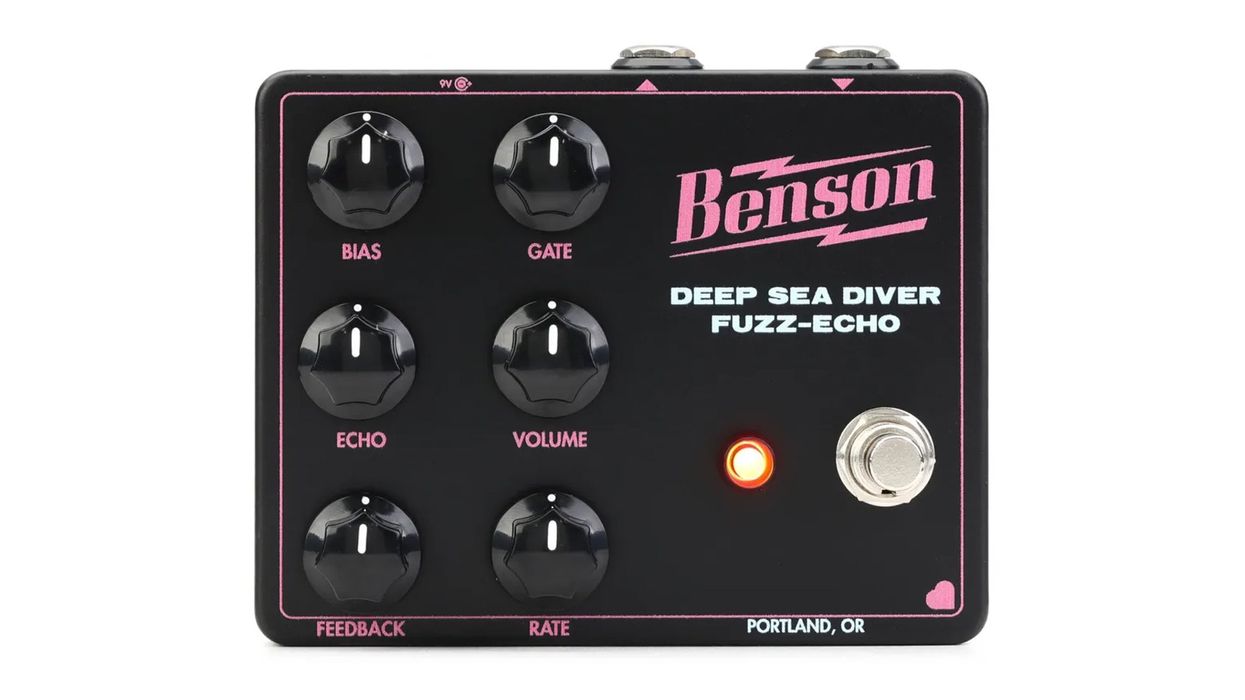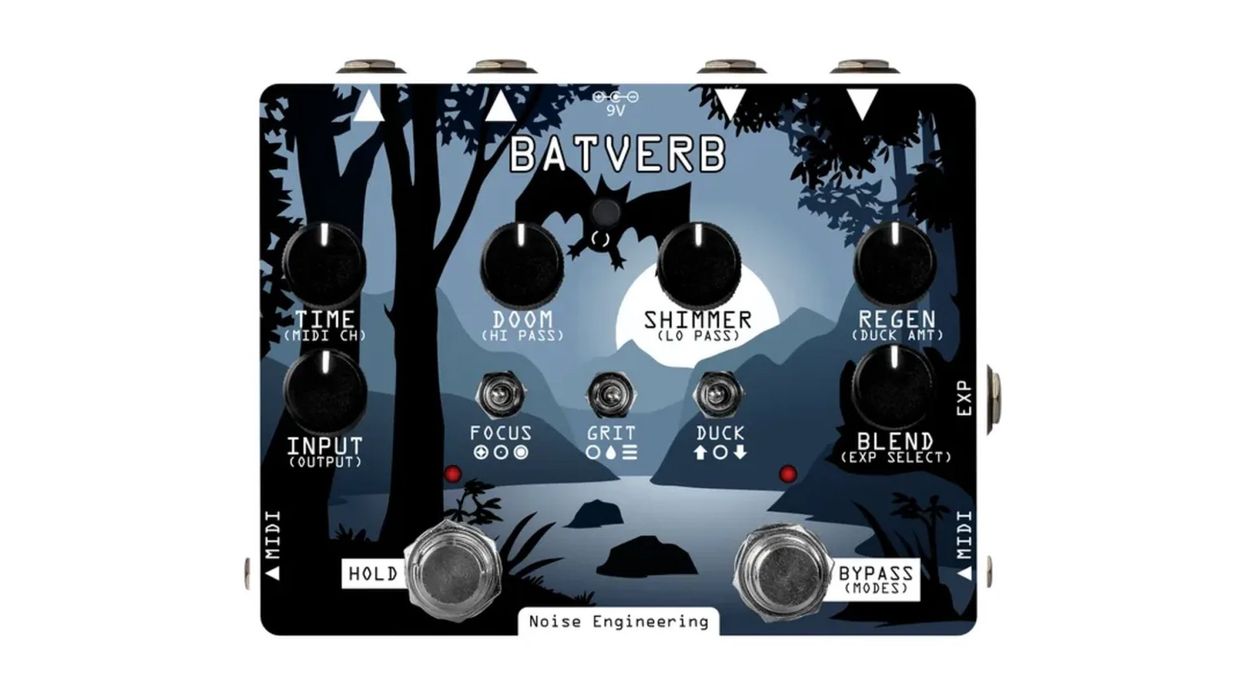If you're looking for a middle ground between straightforward, vintage phase sounds and the parameter depth of a programmable device, Flower Pedals' Castilleja could be a godsend. Its orange exterior hints at classic 4-stage phase sounds of yore, but its multifunction controls are more powerful than they appear.
Of particular note is its ability to blend between adjacent waveforms (up-ramp, sawtooth, sine, square)—my favorite feature—to open up sounds ranging from lush and hypnotic to trippy and disorienting. There's also tap-tempo and expression control, momentary and "drift" ramping modes, and switchability between phase and vibrato/chorus modes.
Recorded using a Squier Jaguar with Curtis Novak pickups (neck clean, bridge with fuzz) into a SviSound germanium fuzz, SoundBrut DrVa MkII and Ground Control Tsukuyomi boosts, a SolidgoldFx Electroman MkII echo, an Anasounds Element reverb, and then into both a 1976 Fender Vibrolux Reverb miked with a Royer R-121 and a Fender Rumble 200 1x15 miked with an Audix D6, both feeding an Audient iD44 then into GarageBand with no EQ-ing, compression, or effects.
Those who crave vintage phase richness and simplicity with a little more flexibility may wish Castilleja's many functions were a little easier to follow (e.g., with more labels on the unit itself) or involved fewer switch maneuvers and LED colors. And, depending on your phase tastes, the 3-position feedback/resonance control's oft-sqwonky tonality and auto-wah-like effect in drift mode may feel a little redundant with other effects on your board (or with effects you intentionally don't have).
That said, the opposite may well also be true: Castilleja's almost-dizzying tweakability may eliminate the need for other devices and facilitate a unique blend of modulation sounds you might not otherwise find—with fewer foot maneuvers and less real estate, to boot.
Test Gear: Gretsch Broadkaster, Squier Telecaster with Curtis Novak JM-V and Tele-V pickups, '76 Fender Vibrolux Reverb, Goodsell Valpreaux 21







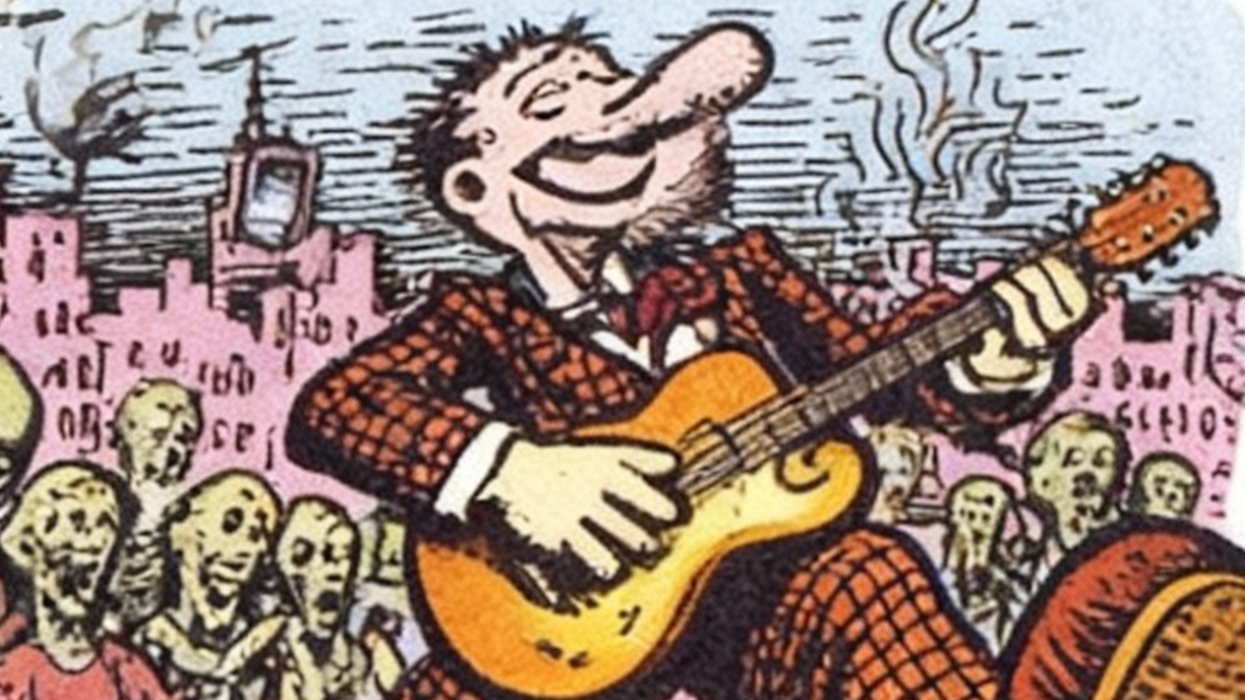


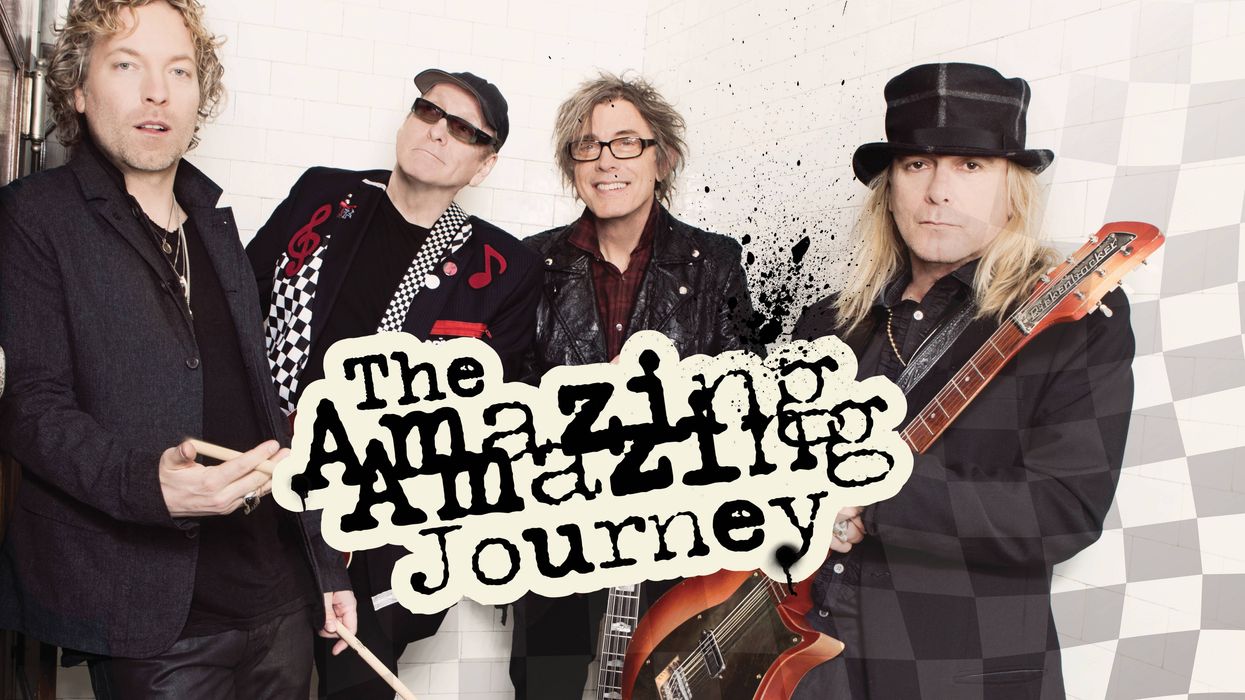
![Rig Rundown: AFI [2025]](https://www.premierguitar.com/media-library/youtube.jpg?id=62064741&width=1245&height=700&quality=70&coordinates=0%2C0%2C0%2C0)
